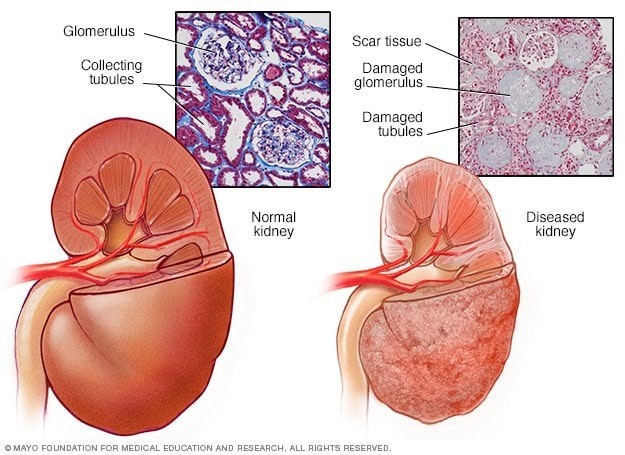A nurse is completing postmortem documentation for a client. Which of the following information should the nurse include in the documentation?
Location of the identification tag on the client's body
Cause of the client's death
Last set of the client's vital signs
Copy of the client's advance directives
The Correct Answer is A
a. Location of the identification tag on the client's body: This is essential information that should be included in the documentation. It ensures that the deceased person is properly identified and helps prevent any mix-ups during subsequent processes, such as transferring the body to the morgue or a funeral home.
b-While this information is important, it's typically documented by the physician on the death certificate and is not generally part of the nurse's postmortem documentation.
c-The last set of vital signs is not usually required for postmortem documentation. Postmortem documentation focuses on the condition of the body and identification rather than the final vital signs, which are often irrelevant after death.
d-Advance directives should be reviewed before death and guide the care provided, but they are not part of postmortem documentation. A copy of the client's advance directives may also be included in their medical record but is not typically included in postmortem documentation.
Nursing Test Bank
Naxlex Comprehensive Predictor Exams
Related Questions
Correct Answer is A
Explanation
Radiation therapy can affect the taste buds, leading to a diminished or altered sense of taste.
This can result in a reduced appetite or changes in food preferences.
Loose stools and bladder infection are not commonly associated with external radiation for throat cancer. Loose stools can be a side effect of radiation therapy to the abdomen or pelvis, but it is not typically seen in throat cancer treatment.
Bladder infection is not directly related to radiation therapy, but it can occur as a complication in some individuals undergoing cancer treatment, especially if they have a compromised immune system.
Increased appetite is also not a typical finding associated with radiation therapy, as it may cause side effects such as nausea or changes in taste, which can decrease appetite
Correct Answer is A
Explanation
As a nurse, it is important to respect the client's autonomy and right to make decisions about their own care. The decision to stop dialysis treatment is a personal one and should be respected by the healthcare team. The nurse should support the client's decision and provide information and resources to help the client manage symptoms and maintain comfort during the end-of-life process. It is not appropriate for the nurse to suggest that the client discuss the decision with her family or discuss alternative treatment methods, as these decisions should be made by the client in conjunction with their healthcare provider. It may be appropriate to offer spiritual or emotional support to the client, but this should be based on the client's preferences and not imposed upon them by the healthcare team.

Whether you are a student looking to ace your exams or a practicing nurse seeking to enhance your expertise , our nursing education contents will empower you with the confidence and competence to make a difference in the lives of patients and become a respected leader in the healthcare field.
Visit Naxlex, invest in your future and unlock endless possibilities with our unparalleled nursing education contents today
Report Wrong Answer on the Current Question
Do you disagree with the answer? If yes, what is your expected answer? Explain.
Kindly be descriptive with the issue you are facing.
